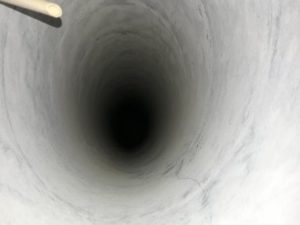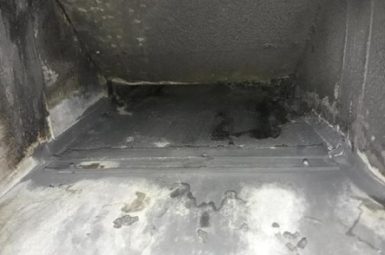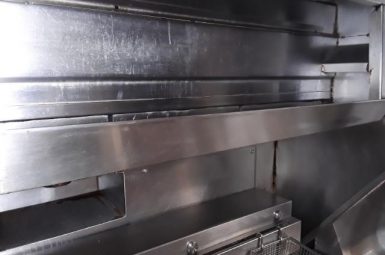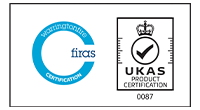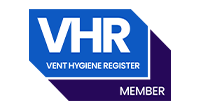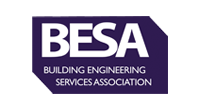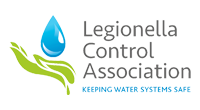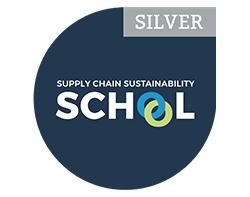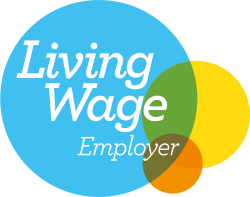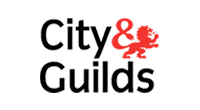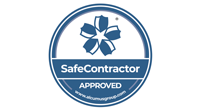Laundry Extract Cleaning
Ensure your ventilation system cleaning is compliant
The Importance of Laundry Extract Ductwork Cleaning
A laundry extract system is designed to remove the humidity and particulates created by the drying process. This is to provide hygienic and comfortable conditions for those living and/or working in the establishment.
However this mixture of humidity and particulates can create an ideal environment for debris build up within the extract system. This build up can lead to a number of hazards if the system is not maintained on a regular basis.
These hazards include:
- A risk of fire in the extract system due to the build of flammable material mixed with heat from the drying process
- Growth of microbiological contaminants due to hot and humid temperatures and the build-up of material providing a breeding ground for bacteria
- Diminished life span of the appliances connected to the extract system due to the reduction of free airflow
The ventilation system can be home to:
- Particulates – Mixture of solids drifting in the air, consisting of dust, dander (skin flakes), soot, pollen and smoke particles.
- Microbes – Bacteria, viruses, fungi, spores and mould
- Gases/Odours – Indoor gases release from furniture, carpets, cleaning chemicals, insulation etc.
The rate at which these particulates can accumulate in a laundry extract system is much faster than in a typical extract system. Due to this, they should be inspected on a more regular basis and tend to require cleaning multiple times a year to ensure that it does not build up to a combustible level.
As seen in the image at the top on the right, a significant build up can lead to the malfunction of other safety measures located within the ductwork. In this example the fire damper cannot function as required in the event of a fire. So not only does the duct present a high risk of combustion, it is ideal to transport the fire through the building unhindered and often unnoticed until it is too late.
The best way to combat the effects of these foreign materials and particulates is to invest in professional and thorough HVAC systems Ventilation Ductwork cleaning from Hydro-X Air.
On the right hand side, you can see several before & after image examples Hydro-X Air have cleaned and certified to BESA TR19 Guideline – Internal Cleanliness of Ventilation Systems

Before
After
Legislation – Health and Safety Law
The Management of Health & Safety at Work Regulations 1999 impose a duty on every employer to make a suitable and sufficient assessment of:
- the risks to the health and safety of their employees to which they are exposed whilst they are at work, and
- the risks to the health and safety of persons not in their employment arising out of or in connection with the conduct by him of his undertaking.
Regulation 5 of the Workplace (Health, Safety and Welfare) Regulations 1992 imposes a duty to clean mechanical ventilation systems “as appropriate”. Regulation 6 states, “effective and suitable provision shall be made to ensure that every enclosed workplace is ventilated by a sufficient quantity of fresh or purified air”.
ACOP6 (52) relating to Regulation 6 of the Workplace (Health, Safety and Welfare) Regulations, 1992 states that “mechanical ventilation systems (including air conditioning systems) should be regularly and properly cleaned, tested and maintained to ensure that they are kept clean and free from anything which may contaminate the air”.
British Standard BS EN 15780 provides benchmarks to define cleanliness and dirtiness.
At Hydro-X Air, not only can we monitor and clean your laundry extract ductwork systems, but we can also assist with the following services:
Ventilation Ductwork Cleaning and Maintenance
Have peace of mind that your ventilation systems are safe and compliant by having them cleaned to BESA TR19 Guideline – Internal Cleanliness of Ventilation Systems standards.
High-Rise Ventilation Ductwork Cleaning
We have experience in cleaning high-rise ventilation systems and can adapt to your situation to ensure that your occupants are safe and your systems compliant to BESA TR19 Guideline – Internal Cleanliness of Ventilation Systems standards
Kitchen Extract Cleaning
A requirement by law to make sure that your grease extract system has been cleaned by a regulated company to BESA TR19 – Grease Specification standards
Ventilation Hygiene & Indoor Air Quality Assessments
Monitor your ductwork systems and the quality of the air in your buildings and be able to pinpoint locations that require cleaning as soon as they reach trigger limits.
Local Exhaust Ventilation (LEV)
Ensure that your LEV systems are compliant and tested to HSG258 standards by P601 trained engineers and get a quote for any remedials that need to be carried out.
Talk to us today about your air hygiene requirements
We work in a variety of industries

Education

Hospitality

Facilities Management

Government Buildings













